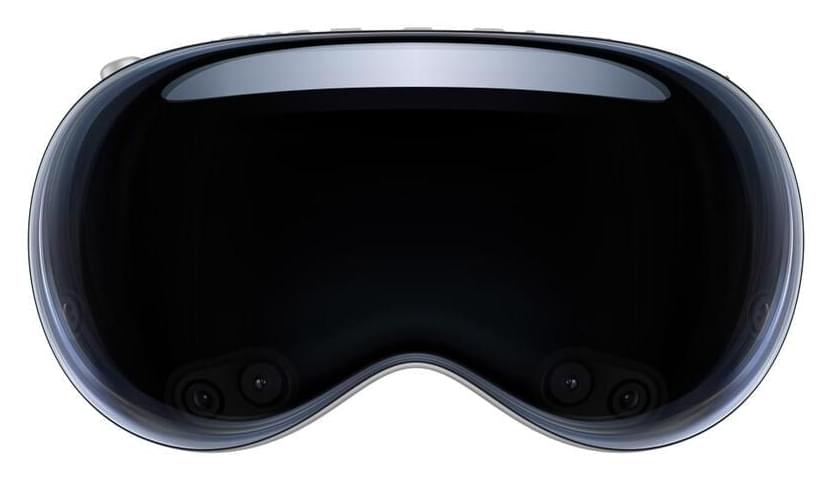The robot is blind and cannot see its environment but can continue to balance and walk, even if an object is hurled at it.
UC researchers Ilija Radosavovic and Bike Zhang wondered if “reinforcement learning,” a concept made popular by large language models (LLMs) last year, could also teach the robot how to adapt to changing needs. To test their theory, the duo started with one of the most basic functions humans can perform — walking.
Transformer model for learning
The researchers started in the simulation world, running billions of scenarios in Isaac Gym, a high-performance GPU-based physics simulation environment. The algorithm in the simulator rewarded actions that mimicked human-like walking while punishing the ones that didn’t. Once the simulation perfected the task, it was transferred to a real-world humanoid bot that did not require further fine-tuning.








